Pasture Mix (Wheat and Rye)
$18.50 /50 lbs (50 pound bag)
Our Pasture mix is a blend of Wheat and Rye. The addition of Rye provides earlier forage and more forage potential during the colder growing period.
189 in stock
Our Pasture mix is a blend of Wheat and Rye. The addition of Rye provides earlier forage and more forage potential during the colder growing period.
| Planting Time | Planting Depth | Planting Rate |
| Late summer or early fall. | 1-2″ | Drilled 60-120 lb. |
| Weight | 50 lbs |
|---|---|
| Dimensions | 29 × 17 × 7 in |
Be the first to review “Pasture Mix (Wheat and Rye)” Cancel reply
You must be logged in to post a review.
Related products
A major forage crop for the southeastern United States. Common, Kobe, and Korean Lespedeza are annuals. Sericea Lespedeza is perennial.
Forage oat that has good disease tolerance, straw strength, good grazer.
Europe native legume that is grown as a forage, cover crop, and green manure. It may be annual or biennial. It has a shallow root system.
Mixture of Wheat, Oats, Rye, Winter Peas, and Turnips. For best results plant late summer through fall and incorporate into the soil 1 to 2 inches.
Our Pasture mix is a blend of Wheat and Oats. The addition of Oats provides higher quality and more desirable forage and more forage than wheat alone.
Radishes are a hardy, very easy-to-grow root vegetable that can be planted multiple times in a growing season.
Red winter beardless wheat that is adaptive across the south to be used as a forage wheat. Beardless wheat has little to no awns which allows continued grazing when the seed is setting in late spring.
TAM 114 is a hard red winter variety with excellent drought tolerance and top yield potential combined with a superior disease package.
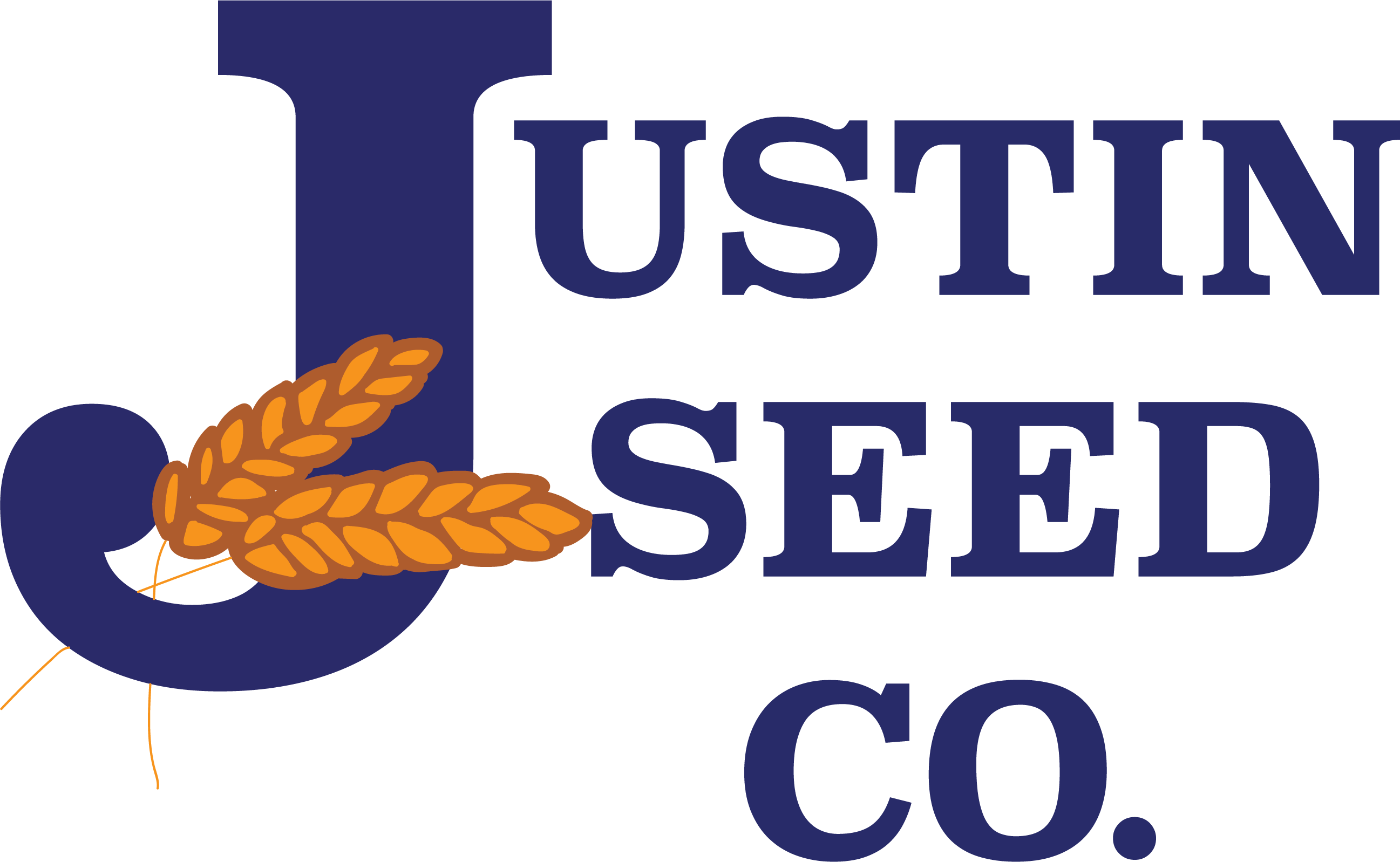
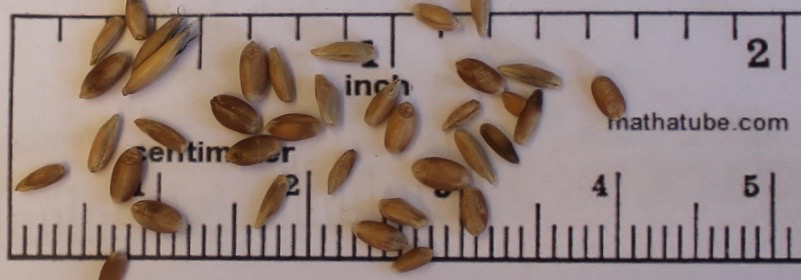
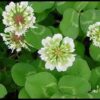
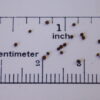
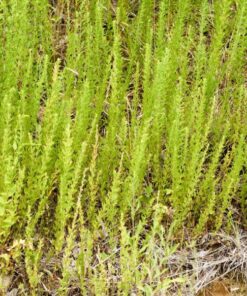
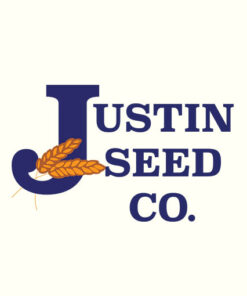
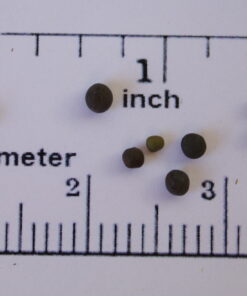





Reviews
There are no reviews yet.